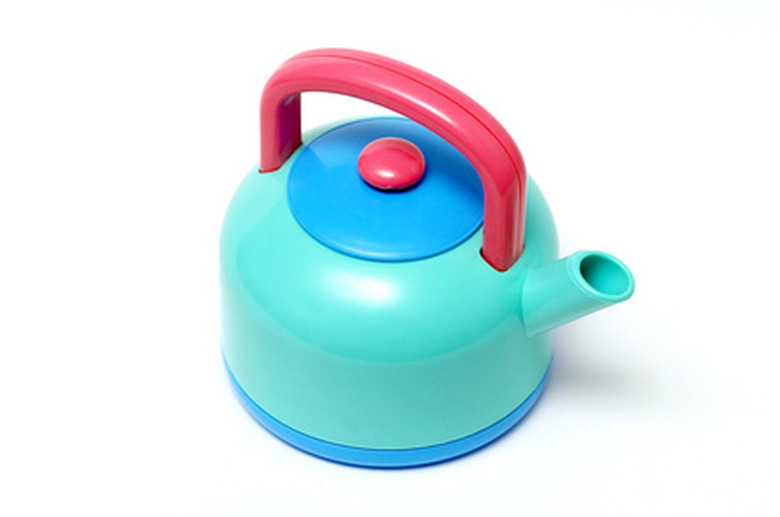Daycare Cleaning Checklist
Every daycare center is exposed to germs and other contaminants that can be harmful to children and staff if it is not cleaned properly. A daycare that has ill children and staff or has been exposed to certain viruses needs to be sanitized from top to bottom before operation. Keep the daycare well stocked with disinfectants and teach children and staff the importance of cleaning up after themselves as well as proper sanitation methods.
Sanitation Disinfectants
Sanitation Disinfectants
Proper sanitation practices in a daycare will eliminate dirt, soil and contaminants that can contribute to the spread of viruses and disease among children. Sterilizing disinfectant agents should contain bleach with hydrochloric acid, alcohol, chlorine compounds (which clean up bodily fluids and blood spills) and aldehyde (which gets rid of bacteria, spores and viruses). Latex gloves, goggles and a protective smock should be worn at all times when using these toxic disinfectants.
Daycare Materials and Equipment
Daycare Materials and Equipment
High traffic areas that are exposed to dirt and bacteria should be disinfected first. Clean tables and desks, chairs, books and play equipment with disinfectant wipes. Use disinfectant sprays or aerosols on classroom boards, school supplies, door/cabinet knobs, cubbies, phone receivers and other daycare equipment. Dip or soak toys in diluted bleach (one quarter cup household bleach and one gallon cool water) for a thorough cleaning at least once a month. Spray toys with a disinfectant agent after the end of each day. Cloth toys should be laundered in ozone detergent and cold water to kill germs.
Bedding
Bedding
Any fabrics such as linen, pillows and towels should be washed and sterilized after each use to prevent the spread of germs and staph. According to Laundry Consulting, linen should be washed in cold water with dissolved ozone concentrations between 1.5 to 3.5ppm to kill off biological activity. Disinfectants containing ozone concentrations kill germs at a higher rate than straight hot water and chlorine and bleach disinfectants. Cribs and mattresses should be stripped after each use and sprayed with a disinfectant at least once a week.
Flooring
Flooring
Area rugs should be vacuumed daily when children are not present. Daycares with carpets should have them professionally shampooed once every three months. Floors without carpeting should be mopped daily with phenolic disinfectants as they are the preferred cleaner in most health care facilities, schools and daycare. Quaternary ammonium chlorides are also a preferred solution for cleaning floors as they effectively kill fungi, viruses, and bacteria like salmonella and methicillin resistant staphylococcus aureus (MRSA). Before and after mop use, sterilize the mop in a sanitizing solution. Wring and hang to dry.
Waste
Waste
Immediately discard waste that contains bodily fluids, such as feces, vomit, mucus or saliva. Wear protective gloves when handling contaminated items and wash hands with a sanitizing soap after exposure. Wastebaskets and daycare garbage cans should be emptied daily. Use the proper size bags inside waste receptacles to help minimize the spread of germs.
Cite This Article
MLA
Cameron, . "Daycare Cleaning Checklist" sciencing.com, https://www.sciencing.com/daycare-cleaning-checklist-6521558/. 24 April 2017.
APA
Cameron, . (2017, April 24). Daycare Cleaning Checklist. sciencing.com. Retrieved from https://www.sciencing.com/daycare-cleaning-checklist-6521558/
Chicago
Cameron, . Daycare Cleaning Checklist last modified March 24, 2022. https://www.sciencing.com/daycare-cleaning-checklist-6521558/
